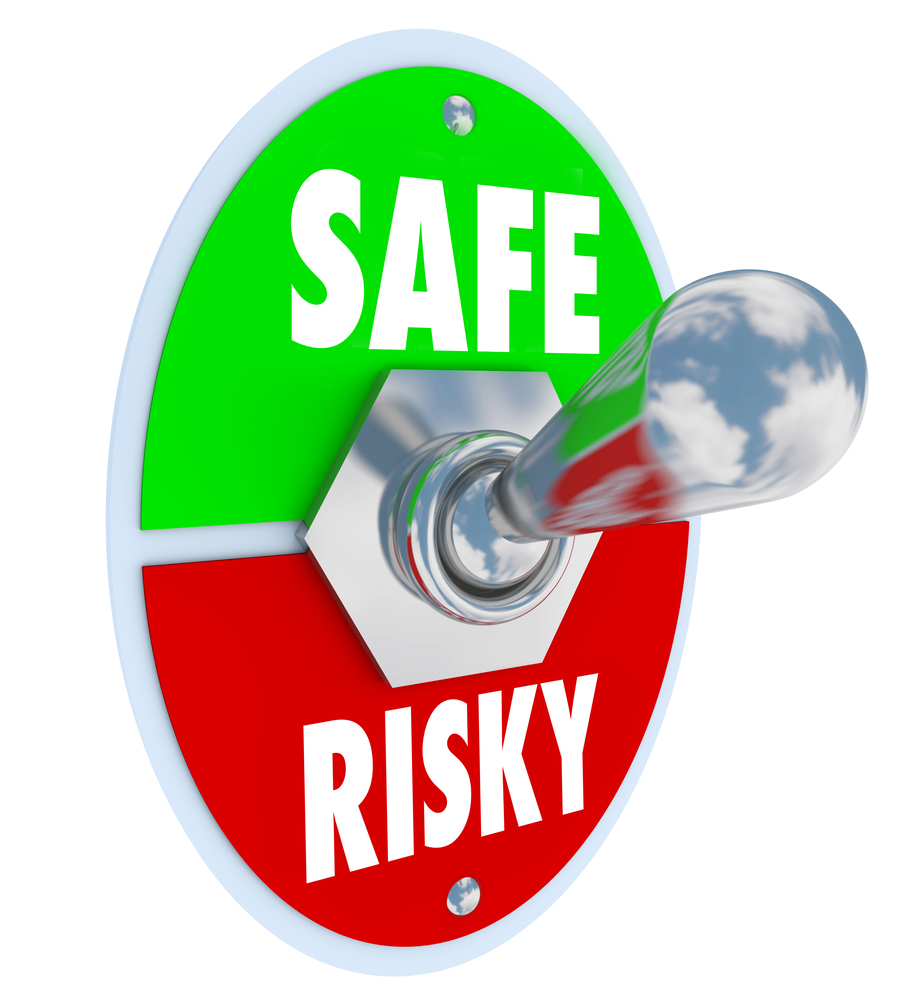Behavior Based Safety Training
The ‘Culture’ of an organization can be defined as ‘the way we do things around here’. Culture is both the first and last line of defense against injury and loss. More specifically, a Behavior safety culture ensures that employees follow designated processes and systems, and when those processes fail and those systems break (and they always do), a good culture will assert itself to drive the proper response. Here are some important characteristics to note:
- Culture is defined as a shared set of common values, experiences, beliefs, and characteristics.
- Culture is learned by observation, experience, and example, it is not taught.
- Culture is a living entity – it requires the investment or it will rot.
- Culture is messy.
- The culture of safety is those values and beliefs that are commonly shared in workplace operations It is heavily influenced by factors outside the workplace.

The Need for Cultural Change
Many organizations endeavor to improve workplace safety performance through both task and hardware approaches. Typically, in the past, these have focused on physical design and its relationship to employee performance and so engineers and ergonomists have dominated the safety arena. More recently they have been joined by sociologists and psychologists who try to explain accident involvement and poor safety performance in terms of attitudes, safety climate and/ or organizational culture. The first of these approaches involves attempting to change employee attitudes and reduce accidents through the use of publicity campaigns, safety training, or disciplinary actions. It can be recognized as the 'traditional' approach to improving safety performance. Other approaches tend to adopt the method of workplace survey (that is, interview and questionnaire techniques) with the aim of diagnosing problems.
So, the challenge to continually improve safety performance remains a key activity for many organizations. Indeed, managers and safety directors responsible for improving safety performance has contacted us asking for help because they believe that they have reached some sort of plateau. They have felt unable to drive down the level of accidents any further by the use of traditional means. Now, a growing body of evidence suggests that a shift in focus from traditional approaches to a behavior-based approach to safety improvement can further improve workplace safety performance and will reduce the number and the severity of occupational accidents.
High Cost of Ineffective Safety Management
- Time and costs due to repair of plant and equipment
- Increased insurance premiums
- Fines/ legal costs
- Medical expenses
- The 'never quite the same again' implications, and/or long-term physical and psychological health problems.
Organizational Safety Profiling
Safety culture indicates that different levels of an organizational hierarchy have different influences on the Behavior safety culture. These levels need to be differentiated. In this text an organization is considered as having four levels:
1. Executive and senior management2. Middle managers
3. Supervisors
4. The workforce teams (These can be plant designers, the plant operators, maintenance engineers, technicians and contractors, and so on, who are assumed to work under a supervisor)
The expert suggests that organizational culture arises from shared beliefs. These beliefs driving an organization’s collective behaviors are not always overt but in reality, are buried beneath observable supportive layers of values, attitudes and artifacts. It is suggested that beliefs and hence culture can only be assessed and interpreted indirectly through observing human behaviors.

Behavior is determined by its consequences.
Specifically, this means that people will tend to repeat those behaviors that produce 'positive' consequences, and not repeat those that result in either no positive, or 'negative', consequences. In addition, they will also tend not to repeat behaviors that produce no consequences at all. In other words, people learn to behave in ways that produce rewards, and avoid behaving in ways that either produces no rewards or even punishment. This may appear to be simply applied common sense. By providing a theoretical structure, we enable managers to make more effective use of the techniques.
Only your mindset can change your belief!!
Typically, many companies wait for 'something to happen' before they take action. Usually this occurs when a situation reaches an unacceptable level. Figure 4 illustrates this concept. When accidents (or production problems, or quality issues) are at a very low level management tends to be relaxed and their attention is focused on some other 'alligator which is trying to sink their canoe' Essentially, 'their eye is not on the safety all'.
For much of the time accident levels remain at an acceptable rate which is 'comfortable' for management. Thus, it is known as the 'happiness zone', wherein managers adopt a recording and monitoring role. However, as the rate of injury or events rise to an unacceptable level or 'something happens’, the attention of management is triggered and this results in some form of action.
This behavior takes various forms, but is normally typified by much shouting, banging fists on tables, and exhortations such as, 'we can't go on like this - things have got to improve around here!' However, in time, accidents start to happen again and the cycle re-starts. Within this traditional approach, safety improvement is a 'boom or bust' activity because only a few people are charged with the responsibility for safety.


Behavior Safety Approach - Mindset & Risks
In the behavior-based approach to continuous safety improvement, many more people take responsibility or safety and 'keep their eye on the ball', every day, every shift. Shop-floor personnel take turns to act so observers within their own work group and continually measure safety performance through the use of a checklist which is regularly updated to take into account the changes that might take place in the work environment.
In these ways the approach stays alive and is not allowed to become stale or jaded. Neither can it be labeled as a 'flavor of the month ‘campaign. To summarize, in the behavioral approach the emphasis is on the encouragement of safe behavior, not the changing of attitudes or the use of discipline.
How can we help?
We at TSM TheSafetyMaster Private Limited offer the following services to enhance the Safety Culture in the industries:
1. Safety Perception Survey.2. Behavior Based Safety Trainings (at all levels).
3. Safe Behavior Observation Program for Leaders.
4. Safety Culture Transformation Implementation.
